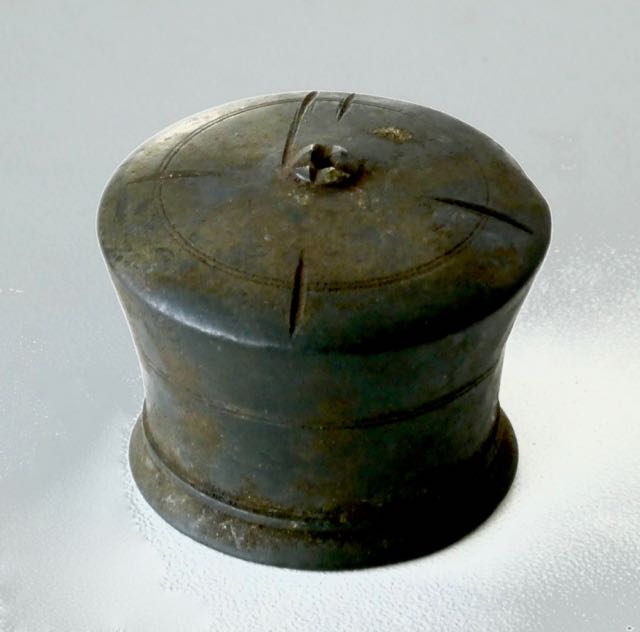Surgery |
||
Cupping glass (09) |
||
Since the procedure was safe, the payment of the individual act was correspondingly low - about one fifth of the Adrlasses. Nevertheless, cupping was starting, because of the frequency, an important source of income for the Bader!
We do not know in what form this cupping head was used, the dry or the wet variant. Even from the dry kind, there were several forms: "If you put the large or small cupping heads without cupping, they must, after they are fixed on the skin well, to derive the impure humidities as it were derived, something back and forth, which is why they are also called drawing heads" (Joh. Heinrich Zedler, Great complete universal Lexicon of all sciences and arts, Leipzig and Halle 1743 volume 35 p.1241). Nota: Under "pulling head" one understands today rather a head "pulls", not, as in the above text, a head "which is pulled" ...
Where to put the cupping head? "They are chiefly used in the stroke, in the paralysis, and in other such accidents, and in various manners, as at the stroke they are placed on the shoulder or on the spine; when the women are struck with stews, they are set on the surface of the thighs, and in the paralysis, on the part, which are struck with such a coincidence "(Joh. Heinrich Zedler, Great Complete Universal Lexicon of All Sciences and Arts, Leipzig and Hall 1743, Volume 35 p.1238).
Geek Indications In an East-Swabian manuscript of 1518 we read: "From the head of the Köpff. That makes it possible to do something with the head on the body that is good (..) for the stinging and permutter" (fol 96r-v) (Karin Schneider, The German manuscripts of the Bavarian State Library Munich, 1984) - side punctures and unspecified disorders of the uterus as main indications for the preparation of cupping heads. "If you want to breastfeed a woman every month, you put a very big head on her breasts" (Johannes Timmius, Hippocratis Aphorismi, Bremen 1744 p.336) - the master had once again watched great and without knowing that this suction He had given a cheap but valuable advice, provoking an oxytocin release that leads to a contraction of the uterus. "When the other is done, place a head on the blinded place, with which the poison is drawn out. Theriack / crushed garlic / sometimes Mithridat and Orvietan / will be placed on the injured part / so that the sting will be slightly damaged" (Germanus Adlerhold, cumbersome description of the anjetzo from the war newly endangered otherwise warm kingdom Neapolis, Nuremberg 1702 p.250).
Exhibit In the Middle Ages, the cupping heads were made of metal, mostly brass. Presented is a cupping pot (17th century?) Made of brass (diameter at the base 3.2 cm, largest diameter 3.7 cm, height 2.8 cm) from southern Germany. In case of need, it would have done a bulbous glass, but a glass did not like the hiking surgeon with it, because it went too fast on the way to break. Even the bath surgeon working in his bathroom pulled out a metal container: after a while, when the cups cupped bloody, the skin loosened and he fell to the ground. Scratches on the outside probably represent a human being: 2 legs abutting, 2 arms outstretched and one neck (headless). Curiously, one finds the same scratches, a bit more krackeliger in the execution, on the cupping of the "Healer of Tarrenz", where one of the cupping heads an animal with a wide mouth (cow?) As an indication that the Schröpfung was also used in veterinary medicine ,
Origin: Weissenburg (between Nuremberg and Augsburg).
Lit .: Birgit Tuchen, Public Bath Houses in Germany and Switzerland in the Middle Ages and the Early Modern Period (Petersberg 2003). |




